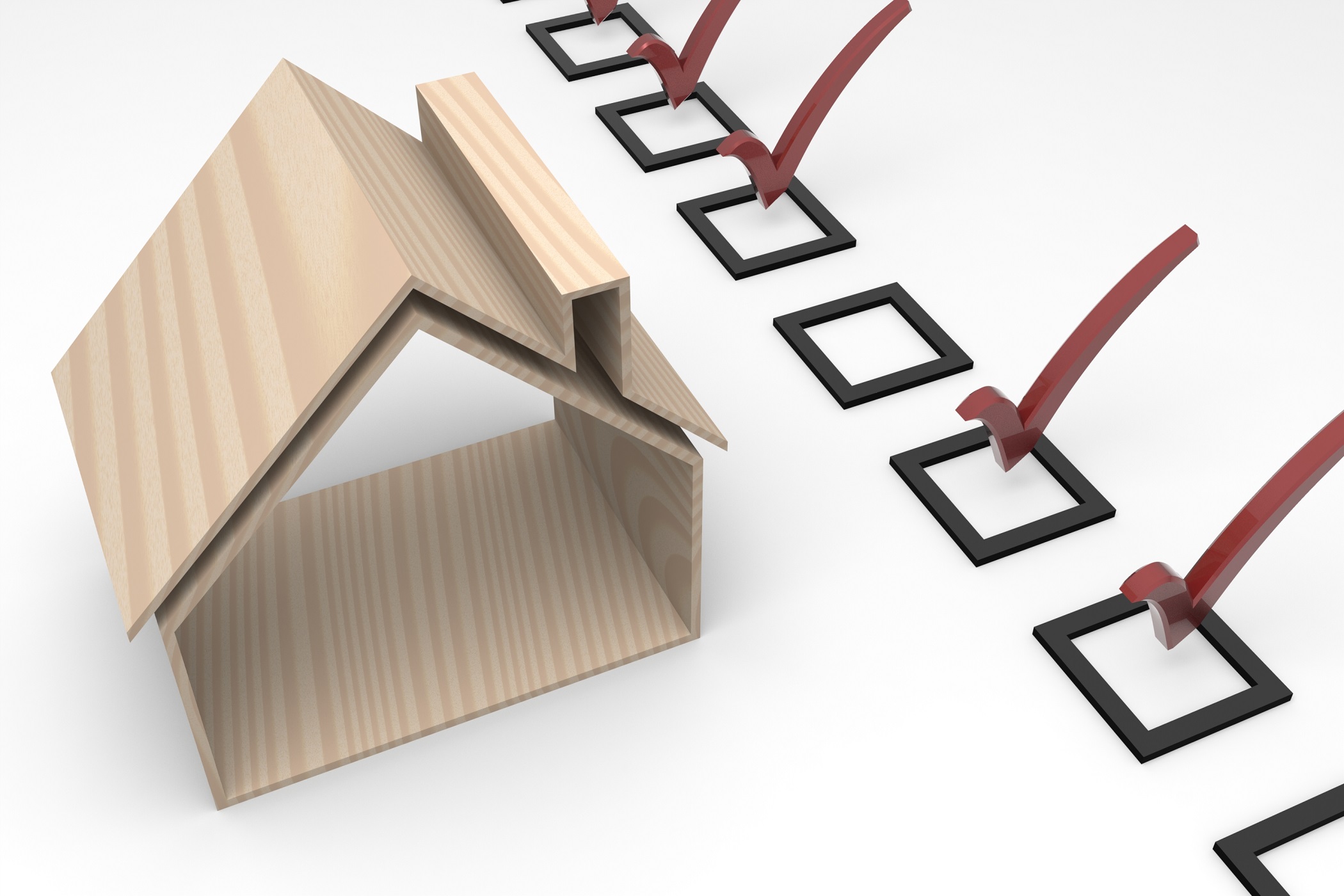5 Important Areas to Check Before Having Your Home Appraised
 Whether you want to sell your home or refinance it, you will need to have it appraised by a licensed or certified professional who will determine the value of your property. The appraiser’s aim is to protect the lender from giving a loan that is more than the property is worth. This is to ensure that the lender gets its money back if the house goes into foreclosure. If the appraisal comes back less than you hoped, you may not qualify for a loan or you may have to sell it for less than you were expecting. Before the appraiser shows up at your door, there are several things you can do to help get a higher appraisal. Here are five important areas to check before the appraiser comes.
Whether you want to sell your home or refinance it, you will need to have it appraised by a licensed or certified professional who will determine the value of your property. The appraiser’s aim is to protect the lender from giving a loan that is more than the property is worth. This is to ensure that the lender gets its money back if the house goes into foreclosure. If the appraisal comes back less than you hoped, you may not qualify for a loan or you may have to sell it for less than you were expecting. Before the appraiser shows up at your door, there are several things you can do to help get a higher appraisal. Here are five important areas to check before the appraiser comes.
1. Minor Renovations
Minor renovations can add value to your home, but some add more value than others do. High quality, attractive kitchens and bathrooms add value as do wood floors, a well-landscaped garden and an enclosed garage. You may have to spend money to make money but it will be worth it in the end. In many cases, the amount you spend for renovation is less than the amount of value it adds to your appraisal. Take before and after photos during your work and keep an itemized spreadsheet of the amount you spent as well as receipts on each renovation. You should also highlight all structural improvements. These may not be easy to see, but they will dramatically boost an appraisal. Focus your attention upstairs not downstairs. A renovated basement will not recoup as much as the same type of renovation upstairs. Even a small attic bedroom will add more value than a larger renovation in the basement.
2. Clutter
Professional Appraisers of Texas said, “Get rid of clutter and clean your garden.” A clean, well-maintained house can sway even the harshest appraisers. Make sure trees are trimmed, flowers beds are without weeds, all toys are removed and all walls are freshly painted or touched up. Curb appeal is very important for getting a good appraisal. Keeping it clean is also true for the inside of your home. It is worth taking the time to remove clutter from dresser or tabletops and clean the whole house thoroughly. If you have pets, make sure they are absent when the appraiser comes and that there are no telltale odors. When the appraiser is there, turn on all on the lights to he or she can see everything clearly. This makes your house look and feel more spacious, which will have a positive effect on the appraiser.
3. Broken Items
Make any repairs around the house. Do not leave a broken window, doorknob, light switch, cracked tile or sliding door that does not work. The appraiser may not check everything, but if they notice one or two broken places, they may think that there are probably much more. If you have any light fixtures, plugs or switches that are more than 10 years old, it will help make a positive impression if you replace them. If you have safety equipment such as smoke alarms, home security alarms or carbon monoxide alarms, make sure they are working properly.
4. Neighborhood
The appraiser may not be familiar with your neighborhood. You should learn about parks, schools, shopping centers and public services that are available in the area. These add a lot of value to your home and your appraiser should know about them.
5. Details
The house’s room count, interior room design, garages, decks and porches, location, improvements in the home systems such as HVAC and plumbing will be checked. If you have upgraded your HVAC or plumbing in the last few years, let the appraiser know.
The appraiser is in your home for 30 – 45 minutes. He or she may measure its dimensions, look at the amenities and evaluate its overall condition on the inside and outside. He or she may take photos and examine houses in the area that have recently been sold. You can help your home get a high appraisal by checking a few areas first to make sure your house makes the best impression possible. While you do not want to hover over the appraiser, you should point out any positive points that may not be evident.

















